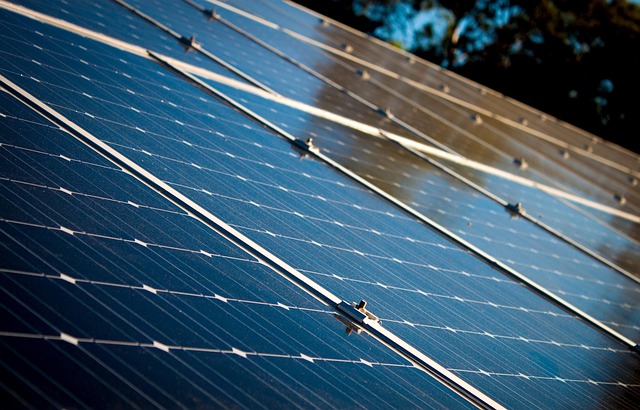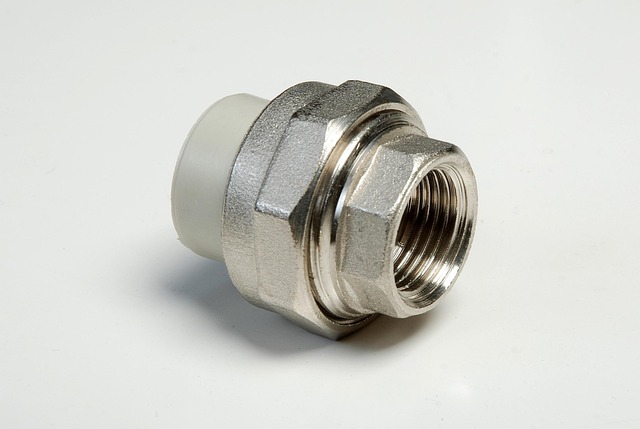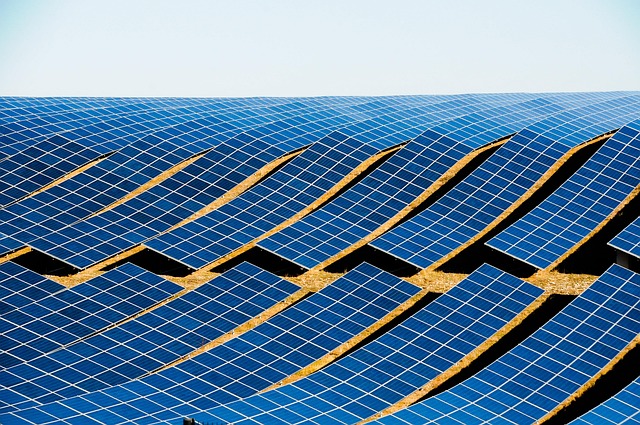Evaluating a roof's age and materials is crucial in real estate assessments as they directly impact property value and maintenance needs. Older roofs, susceptible to UV damage, may show accelerated wear leading to leaks and instability. Lifespans vary by material—asphalt shingles last 20-30 years, while metal roofing offers superior durability for several decades—allowing professionals to accurately assess property values based on roof condition. In today's competitive market, understanding these factors is a game-changer, empowering informed decisions and successful transitions across diverse locations and housing types. Regularly assessing roofs is vital for investors and homeowners to budget repairs or replacements, ensuring structural integrity and aesthetic appeal over the long term.
Evaluating roof condition and sun exposure is crucial for real estate professionals, as it significantly impacts property value and longevity. This article guides you through assessing roof age and materials, understanding their typical lifespans, and recognizing signs of wear and tear. We explore the impact of solar radiation and UV damage from sun exposure, along with strategies to minimize it. Learn essential visual inspection tips using tools and technologies, ensuring accurate evaluations and informed property listings.
Assessing Roof Age and Materials

When evaluating a roof’s condition in real estate, assessing its age and materials is a crucial first step. Older roofs are more prone to damage from sun exposure, with ultraviolet rays breaking down shingles or tiles over time. In regions with harsh climates, this deterioration can accelerate, leading to leaks and structural instability. Therefore, understanding the roof’s age helps potential buyers anticipate maintenance needs.
Additionally, different materials have varying lifespans and resistance to environmental factors. Asphalt shingles, for instance, are common but may only last 20-30 years before requiring replacement. Metal roofing, on the other hand, offers superior durability and can withstand sun exposure for several decades with minimal degradation. This knowledge empowers real estate professionals to accurately assess a property’s value based on its roof condition and materials.
– Identifying signs of wear and tear

– Understanding typical lifespan of different roofing materials

Roofing materials play a crucial role in protecting your home, and understanding their typical lifespans is essential for Real Estate investors and homeowners alike. Asphalt shingles, one of the most common choices, are designed to last between 20-30 years with proper maintenance. Metal roofing, known for its durability, can endure for 40-50 years or more, making it a popular option for long-term investments. Clay or ceramic tiles often have a lifespan ranging from 40-100 years, depending on quality and installation; however, they require specialized knowledge for proper maintenance.
Regular evaluation of your roof’s condition is vital to assessing its remaining lifespan. Factors like sun exposure significantly impact durability; areas with intense sunlight may cause materials to deteriorate faster. Understanding these variables allows homeowners and investors to budget for repairs or replacements more effectively, ensuring the structural integrity and aesthetic appeal of their properties in the long term.






